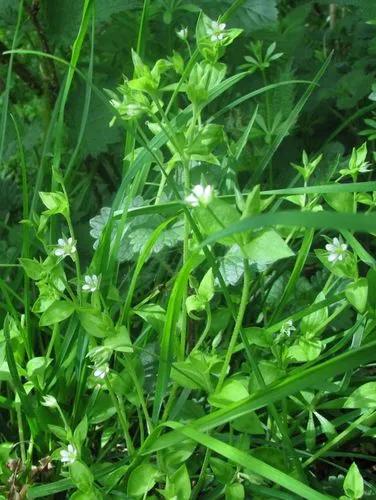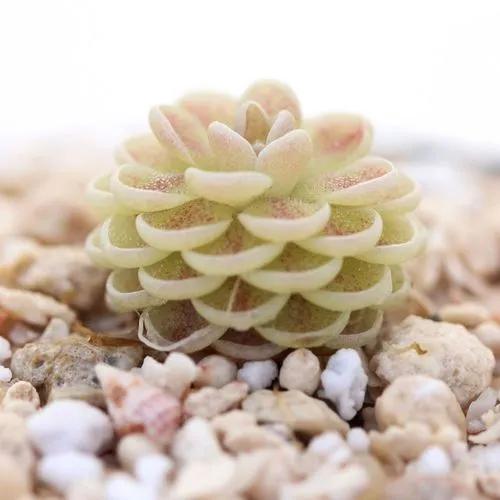Rosa chinensis, commonly known as the China rose, is a magnificent deciduous shrub native to East Asia, prized for its showy, fragrant blooms. Their fragrance can be described as light yet sweet. Thus, this type of rose will be an aesthetic accent to your yard.
China Rose Care
Rosa chinensis



Belonging to the Rosaceae family, this Rosa chinensis can grow up to 6 feet (1.8 meters) tall and wide, producing simple, dark green glossy leaves and prickles along the entire stems. The China Rose is famous for its bright, colorful blooms that come in various shades, including pink, red, and white. It is an excellent plant for gardens and containers, and it's a beautiful cut flower for indoor arrangements.
How to Care for the Plant

Water

China Roses require regular watering, especially during hot weather and during the blooming period. Watering when the top inch (3cm) of soil feels dry to the touch is best.

Pruning

Pruning can encourage healthy growth and prevent legginess. China Roses should be pruned in late winter or early spring before new growth appears. Removing dead or damaged wood, as well as crossed or rubbing branches, can help maintain the plant's shape and promote healthy blooms.

Fertilizer

Regular fertilization is required to promote healthy growth and vibrant blooms of China Roses. A balanced slow-release fertilizer should be used every month during the growing season.

Sunlight

Rosa chinensis prefers full sun to indirect bright light. When potted, it's important to provide the plant with enough light to promote healthy blooms.

Soil

Rosa chinensis prefers well-draining, loamy, sandy soil that is rich in organic matter and has a pH range of 6.0-6.9. However, these roses are quite hardy and can even grow in heavy soil, provided that it has good drainage. Adding organic matter or compost to the soil can help boost its fertility.

Propagation

The easiest way to propagate Rosa chinensis is by stem cuttings. In summer or fall, cut a branch about 6 inches long and remove all the lower leaves. Place this stem in water or moist soil and tamp it down firmly. If germinating in soil, make sure it is permanently moist. For easier root production, you can make an incision from the cut end to one inch (3 cm) up the stem.

Temperature

Although a hardy plant, Rosa chinensis thrives in warm temperatures between 65-80°F (18-27°C). During the winter, the plant may become dormant and drop its leaves, but it will sprout new growth in the spring.

Container

Growing the China rose in containers makes it ideal for patios and balconies. When planting in a pot, it is essential to select a bigger pot so the root system has space for development and make sure the container has proper drainage.

Fun fact

Young vegetative plant parts, flower buds, and flowers are brewed and consumed as a kitchen herb, for example, in a soup.

Popularity

62,345 people already have this plant 6,977 people have added this plant to their wishlists
Discover more plants with the list below
Popular articles






